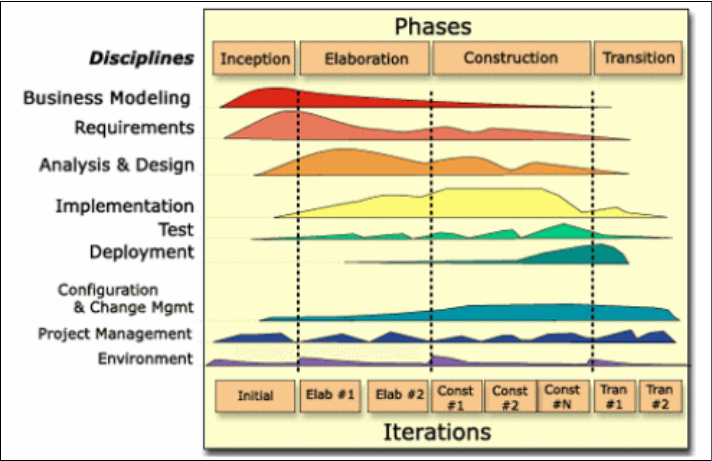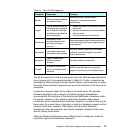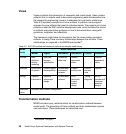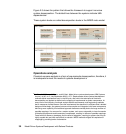
Chapter 2. Definitions, design points, and key concepts 23
Iterations: MDSD advocates a series of system builds based on risk
identification and mitigation; an iteration will generally include at least one
system build. In particular, all of the artifacts, including the detailed project
plans, evolve through iterations. A key feature that RUP SE inherits from RUP
is a rejection of waterfall development and the use of iterative development.
Disciplines: MDSD follows the focus areas, or
disciplines shown in
Figure 2-2, which provide a number of views into the underlying process
definition and the effort that will be carried out by the team in developing the
system. Although the RUP project team contains systems engineers, there is
no separate systems engineering discipline. Rather, systems engineers play
one or more RUP roles and participate in one or more RUP disciplines. Note
that the disciplines' work flows and activities are modified to address broader
system problems. These modifications are described in the following sections.
Figure 2-2 RUP Process Framework (adopted by MDSD)
As explained next, MDSD supplements RUP with additional artifacts, along with
activities and roles to support the creation of those artifacts. These are described
in more detail in “Creating MDSD artifacts” on page 109.
In addition, as a RUP framework plug-in, MDSD provides the opportunity to
employ these underlying RUP management principles to systems development:
Results-based management
Architecture-centric development


















